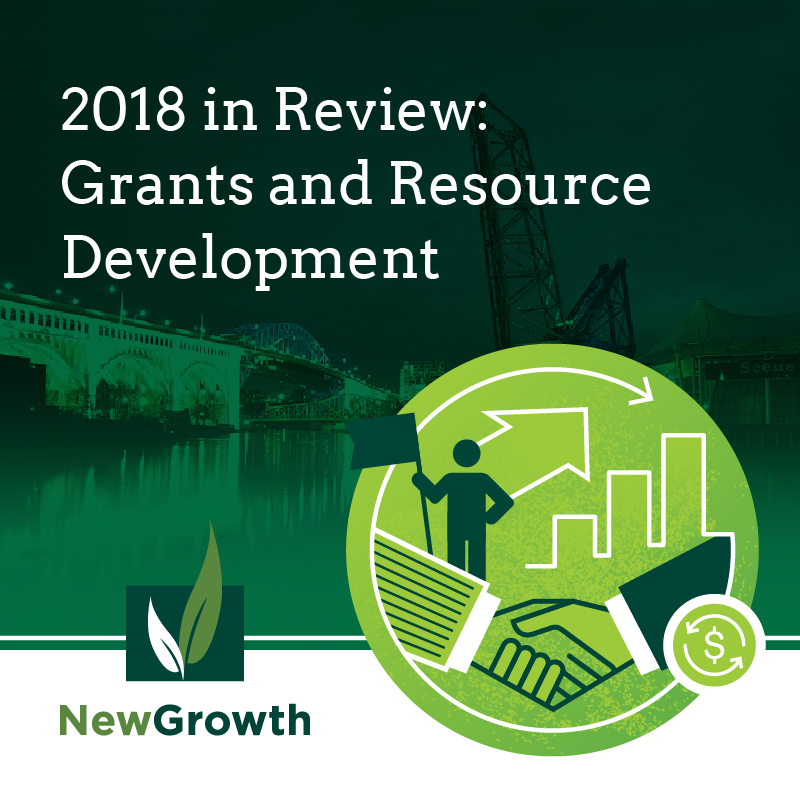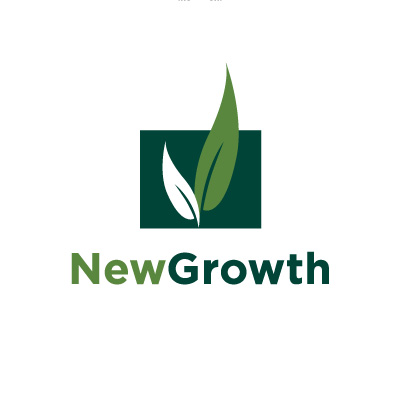As 2018 comes to a close, we have asked some of our team members to reflect on what they have learned from the year and what trends they have seen emerge. First up, is our Grants Manager, Robin King, who detailed the trends she’s seen from both federal and philanthropic grant openings and decisions.
Holistic Approach
Funders are now investing more into targeted programs, with a holistic approach to solving problems with the intention of having social return on that investment. Grant investments no longer need to be in dollars only, they often are in partnership, mentoring, guidance and connecting those grant investments to the people who can help them reach their goals.
Technology Explosion
When it comes to software in the social good space, especially for grantmaking, we keep seeing an increase in the number of foundations using technology to help drive their strategies, and an advancement in the power these systems have to help its users have greater impact.
Data and Analytics
We are continuing to see the need for data at all levels of the social sector. What are the goals of this grant investment and how can I measure to those goals? What other support do the programs I am funding and investing in need in order to be successful? How are others helping to solve this same problem in my community? All of this can be answered with data and a lot of this can be answered with shared data. Funders now have dashboard views that enable them to see on one screen the status of their grants.
Rural America
Non-prescriptive and community-led giving can be effective in rural and urban places alike. The distinctions lie in demographics, needs, challenges, strengths and resources. For example, nonprofits in rural areas may have a greater need for capacity-building support, while also benefiting from a more developed sense of community ownership than their urban peers. There tend to be fewer large, established nonprofits in rural communities. That means regional foundations working with these communities find themselves leading configurations of the private and public sector to move work along. The work requires a different type of leadership and engagement than is typically seen from large, national foundations.
Opioid Epidemic
Opioid use in the United States has reached epidemic levels. The need for and benefits of large, multi-year, unrestricted grants has been well researched and documented. The call to action is not new, nor is it unique to nonprofits serving people affected by opioids. All too many nonprofits are painfully aware that while small, restricted grants may be their lifeblood, they will not provide sufficient support to scale and sustain operations over the long term. Grant makers are working to provide appropriate funding that meets the needs of their grantees and the communities they serve.
National Science Foundation
The National Science Foundation (NSF) is a United States government agency that supports fundamental research and education in all the non-medical fields of science and engineering. The NSF funds approximately 24% of all federally supported basic research conducted by the United States’ colleges and universities. In many fields such as mathematics, computer science and the social sciences, NSF is the major source of federal backing.
Need help identifying funding trends for 2019? New Growth can help! We have helped develop grants forecasts for community college and nonprofit partners across the county. We work to identify your funding needs and build out customized forecasts that highlight the best opportunities for your organization. Contact Robin to get started on your 2019 resource resolutions.

